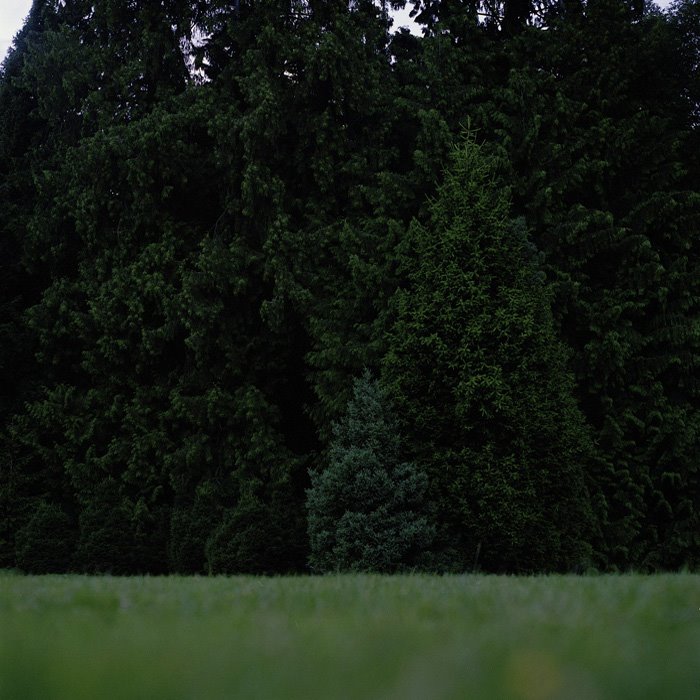“I always feel that China is just there, and China is Not There” Jack Tchen said in the last colloquium session of this semester, it moved me. Every time when I was walking on Canal Street, I felt it looks like China, but it is not, I cannot define it. New York is a place contained with the most diverse population in the world and boasts itself as a world capital of multiculturalism, but on the other hand, I never saw a city which is separated and isolated as such. The experience of walking from downtown to uppertown, and from Upper West Side to Upper East Side is like traveling trough totally different world. Is New York City really a metropolitan or a bunch of little villages? As E.B.White wrote in Here is New York:
The island of Manhattan is without any doubt the greatest human concentrate on earth, the poem whose magic is comprehensible to millions of permanent residents but whose full meaning will always remain elusive. At the feet of the tallest and plushest offices lie the crummiest slums. The genteel mysteries housed in the Riverside Church are only a few blocks from the voodoo charms of Harlem…New York City will bestow the gift of loneliness and the gift of privacy…better than most dense communities it succeeds in insulating the individual (if he wants it, and almost everybody wants or needs it) against all enormous and violent and wonderful events that are taking place every minute.[1]
But I wonder, are people willingly to be insulated, or they are impelled to? Do they really live individually and privately, or do they cannot help to live clannish in separate niches?
In November 2007, Qiu Zhijie did a performing art in Chinatown named “The Thunderstorm is Slowly Approaching”. In the performance, he invited ten Chinese immigrants in Chinatown to play the traditional dragon dance on the street. The dragon dance is a traditional Chinese ritual which usually been used to drive off evil spirits during festivals. But in Chinatown, the artists changed the costume into military camouflage, which suddenly blurred the boundary of entertainment and provocation. The performance actually takes the traditional Chinese dragon dance as a starting point for investigating the pressures to hide national identity within a “host” culture, in a festive public gathering in Chinatown. The artist hopes to use the reappearance of this type of symbolic nationalist action to reveal the gap between periphery culture and nomadic nationalist culture, as well as to the inherent contradictory nature between similar nationalist community groups. This work raises the question: what tension has been hidden between the minority community and the lager city? Are areas like Harlem and Chinatown a harbor which produce identity for individuals who live there, or do they just exist as besieged scenery of “otherness” to be view and consumed as tourist attraction? For instance, to people who live in Chinatown, their Chineseness can easily be overemphasized, becoming an essentialist and quasi-genetic characteristic untouchable by comparisons with other experiences. The identity of a Chinese resident of New York bas been formed by many layers of influences― the self is intricately tied to “others.” This phenomenon generally exists in many minority communities. Racial and postcolonial emphasis usually treats identity too provincial and collective, separating it from the body politic. Individual memories in these areas are usually been ignored or treated as monolithic by outsiders. Locality, region, nation, and world have all been represented as distinct entities, and their interconnectedness has tended not to be explicated. In particular, the uniqueness of the locality has tended to be either overemphasized or underated.[2]
In the dialogic model of Chinese History Museum, I saw the alternative solution of balancing and negotiating the body politic and national identity. The exhibition model utilize the history as an entry which “rendering the past meaningful to ourselves and communicating these meanings to others.” Individual identity was discussed when people actively involved in the exhibition process. The interpretation of history impacts in present live, enable audiences constantly reformulate their personal pasts, as well as located themselves in the future. The dialog also helps people from other community understand more easily about histories and values in different New York neighborhoods.


没有评论:
发表评论